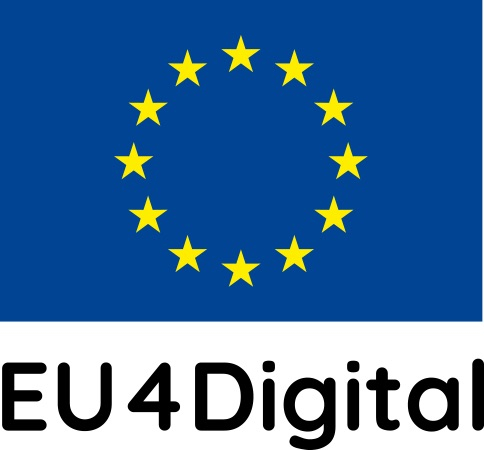The emergence of new drug trafficking routes, the expansion of online markets, and the availability of a broader spectrum of substances, are among the findings highlighted in a new report published by the EU drugs agency (European Monitoring Centre for Drugs and Drug Addiction /EMCDDA).
According to the Agency, the Eastern Partnership region is a significant transit area for illicit drugs, as several major trafficking routes flow through it. Belarus, Moldova and Ukraine border the EU and are on the northern heroin trafficking route to Europe. Meanwhile, the Southern Caucasus countries, Armenia, Azerbaijan and Georgia, are situated near Afghanistan, the global centre for opium and heroin production and a recently emerging area of methamphetamine production. Two major heroin trafficking routes from Afghanistan (Balkan and Northern routes) impact on the region.
The EMCDDA says there are reports of a decline in heroin use in the ENP-East region and an increase in the use of synthetic opioids (e.g. ‘street’ methadone), especially in Belarus, Moldova and Ukraine. Also, cocaine use and seizures appear to be low in the region.
“A key regional development appears to be the expansion of online drug markets. These markets now play a more important role in the sale and purchase of drugs in Armenia, Belarus, Georgia, Moldova and, until recently, Ukraine,” says the Agency.
Read also
Another report conclusion is that organised criminal networks play a role in the production of synthetic drugs in some countries in the region. This includes Azerbaijan, where methamphetamine production appears to have been scaled up since 2018.
The findings are based on EMCDDA-funded studies implemented between 2019 and 2022, including over 100 qualitative interviews carried out with stakeholders in the two regions. Interviewees included customs and security officers, healthcare providers, researchers, NGOs, representatives of government and international organisations.



























































